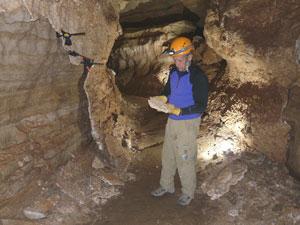
Community
Restoration Experts Work at Crystal Cave
Click—it’s the sensation of fitting together two jagged pieces of a delicate, crystalline cave formation known as gypsum. ... Read more

Click—it’s the sensation of fitting together two jagged pieces of a delicate, crystalline cave formation known as gypsum. ... Read more